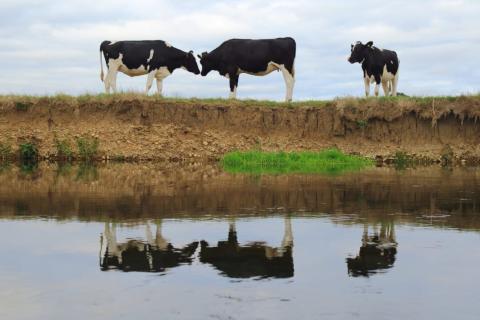Introduction:
Animal tissues colonised with pathogenic organisms are said to be ‘infected’. This infection may evoke a host response in an attempt to remove the ‘causal’ agent. The presence of associated clinical signs is sometimes, but not always, visible in live animals. Commonly, infection is subclinical, meaning no observable change occurs in the host, despite the potential for onward disease transmission. Infectious diseases in dairy cattle pose threats to food security, food safety, national economies, biodiversity and the rural environment. Challenges, such as climate change, regulatory developments, changes in the geographical concentration and size of livestock holdings, and increasing trade change the impact of dairy cattle diseases and the ways in which they can be controlled. New infections of environmental origin are inherently local, yet spread of infection among cattle can potentially be global. Responsibility for control may reside with governments or individual farmers, yet the principles of disease control are universal.

Animal tissues colonised with pathogenic organisms are said to be ‘infected’.
Recommended Content
Connected Content
Dairy production is a critical component of the agriculture industry focused on the sustainable production of milk and milk-derived products.
The livestock industry is an integral part of the agricultural sector, encompassing various aspects of animal husbandry and production. It plays an important role in global food security and supports the livelihoods of millions of people worldwide.
Burleigh Dodds Science Publishing is an award winning independent publisher founded by Rob Burleigh and Francis Dodds in 2015. Our mission is to bring you the key research and latest trends to empower you to make a positive impact on sustainable agriculture, climate change and the UN Sustainable Development Goals. More information at www.bdspublishing.com.
Animal health is integral to the sustainability, profitability, and ethical considerations of livestock farming. It involves a combination of preventative measures, good management practices, and veterinary care to ensure that animals are raised in a manner that is both economically viable and environmentally responsible while prioritizing their well-being and public health.
If you’re responsible for a farm animal you must make sure that you care for it properly. (DEFRA)


